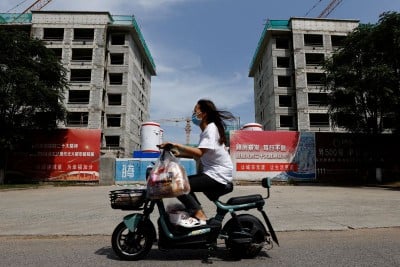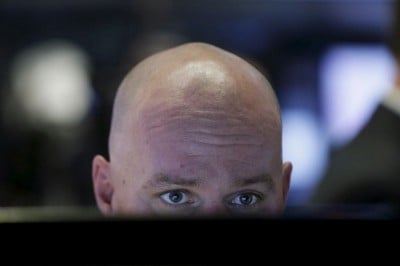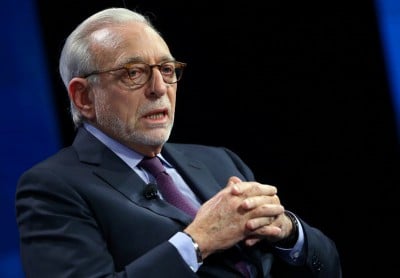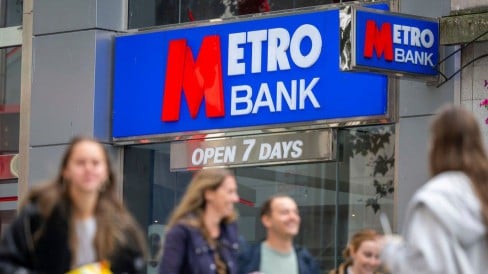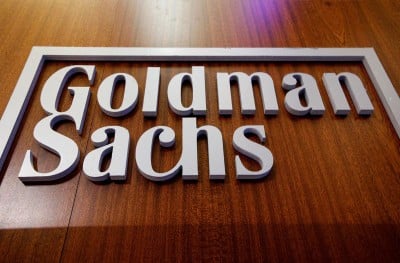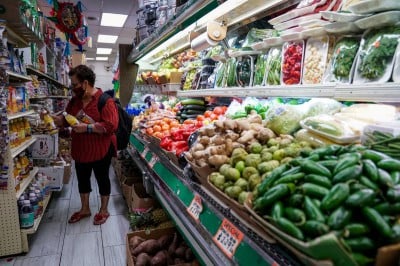 © Reuters. FILE PHOTO: A woman shops for groceries at El Progreso Market in the Mount Pleasant neighborhood of Washington, D.C., U.S., August 19, 2022. REUTERS/Sarah Silbiger/File Photo/File Photo GM -2.13% Add to/Remove from Watchlist Add to Watchlist Add Position
© Reuters. FILE PHOTO: A woman shops for groceries at El Progreso Market in the Mount Pleasant neighborhood of Washington, D.C., U.S., August 19, 2022. REUTERS/Sarah Silbiger/File Photo/File Photo GM -2.13% Add to/Remove from Watchlist Add to Watchlist Add Position Position added successfully to:
+ Add another position Close F -2.00% Add to/Remove from Watchlist Add to Watchlist Add Position
Position added successfully to:
+ Add another position Close STLA -2.37% Add to/Remove from Watchlist Add to Watchlist Add Position
Position added successfully to:
+ Add another position Close STLAM -0.03% Add to/Remove from Watchlist Add to Watchlist Add Position
Position added successfully to:
+ Add another position Close
By Lucia Mutikani
WASHINGTON (Reuters) - U.S. consumer prices increased in September amid a surprise surge in rental costs, but a steady moderation in underlying inflation pressures supported financial market expectations that the Federal Reserve would not raise interest rates next month.
The report from the Labor Department on Thursday showed the annual increase in consumer prices excluding the volatile food and energy components last month was the smallest in two years.
Economists expected the jump in rents, which was at odds with the rising supply of multi-family housing and independent surveys showing asking rents declining, to reverse in the coming months. With the labor market still tight, however, reaching the Fed's 2% inflation target could be a long slog, making it likely that the U.S. central bank could keep rates elevated for longer.
Higher U.S. Treasury yields and conflict in the Middle East are also likely to discourage the Fed from tightening monetary policy further.
"The bigger picture is that the trend is still quite encouraging, but the fight continues," said Olu Sonola, head of U.S. regional economics at Fitch Ratings in New York. "They (Fed officials) may now want to extend the pause to December, given the recent increase in long-term rates."
The consumer price index increased 0.4% last month, with a 0.6% jump in the cost of shelter accounting for more than half of the rise. The CPI soared 0.6% in August, which was the largest gain in 14 months. Shelter costs gained 0.3% in August.
Gasoline prices rose 2.1% after accelerating 10.6% in August. Food prices climbed 0.2% for a third straight month.
Grocery food prices edged up 0.1%. Consumers paid more for meat, fish and eggs, but prices of cereals and bakery products dropped for the first time since June 2021. Fruit and vegetable prices were unchanged as were those of nonalcoholic beverages.
In the 12 months through September, the CPI advanced 3.7% after rising by the same margin in August. Year-on-year consumer prices have come down from a peak of 9.1% in June 2022. Economists polled by Reuters had forecast the CPI would gain 0.3% on the month and 3.6% on a year-on-year basis.
Excluding the volatile food and energy components, the CPI rose 0.3%, matching August's gain. Owners' equivalent rent, a measure of the amount homeowners would pay to rent or would earn from renting their property, shot up 0.6%.
That was the largest rise since February and followed a 0.4% gain in August. Independent measures continue to show rents on a downward trend. Rent measures in the CPI tend to lag the independent gauges by several months.
"We must wait for more data to see if this is just a blip or if there is something more fundamental driving the increase such as higher rent increases in larger cities offsetting softer increases in smaller cities," said Stephen Juneau, a U.S. economist at Bank of America Securities in New York.
The so-called core CPI was also lifted by a 3.7% rise in the cost of lodging away from home, which ended three straight monthly declines. There were increases in the costs of motor vehicle insurance, recreation, personal care, new vehicles as well as household furnishings and operations.
But prices for used cars and trucks fell 2.5%, while apparel costs dropped 0.8%. The core CPI gained 4.1% on a year-on-year basis in September, the smallest rise since September 2021, after advancing 4.3% in August. Over the last three months, the core CPI increased 3.1%.
Higher rents resulted in services inflation excluding energy accelerating 0.6%. Falling used cars and trucks prices extended the core goods deflation. Core goods prices fell 0.4%.
Stocks on Wall Street were trading higher. The dollar rose against a basket of currencies. U.S. Treasury prices fell.
TIGHT LABOR MARKET
With the CPI and producer price data in hand, economists estimated that the core personal consumption expenditures (PCE) price index rose 0.3% in September after it edged up 0.1% in August. The core PCE price index is forecast to increase 3.7% on a year-on-year basis in September after a 3.9% rise in August.
It is one of the inflation measures tracked by the Fed for monetary policy. Financial markets overwhelmingly anticipate the Fed will leave rates unchanged at its Oct. 31-Nov. 1 policy meeting, according to CME Group's (NASDAQ:CME) FedWatch Tool. They saw less than a 40% chance of a hike in December.
That conviction found support from comments by top ranking Fed officials on Monday that soaring yields on long-term U.S. government bonds could steer the central bank away from further rate hikes. Since March 2022, the Fed has raised its benchmark overnight interest rate by 525 basis points to the current 5.25%-5.50% range.
Still-strong demand in the economy, marked by labor market tightness, which is driving core services inflation excluding rents, imply that the higher rates could last for some time. In a separate report, the Labor Department said initial claims for state unemployment benefits were unchanged at a seasonally adjusted 209,000 for the week ended Oct. 7.
There is no sign yet that the United Auto Workers (UAW)strike, now in its fourth week, is having a major impact on the labor market. The strike is creating bottlenecks in the supply chain, forcing Ford Motor (NYSE:F), General Motors (NYSE:GM) and Chrysler-parent Stellantis (NYSE:STLA) to furlough and lay off hundreds of workers.
The UAW industrial action was flagged by Fed policymakers as a new source of uncertainty surrounding the economic outlook.
Minutes of the Fed's Sept 19-20 meeting published on Wednesday showed "many participants observed that an intensification of the strike posed both an upside risk to inflation and a downside risk to activity."
The number of people receiving benefits after an initial week of aid, a proxy for hiring, increased 30,000 to a still-low 1.702 million during the week ending Sept. 30, the claims report showed.
"Indeed, while inflation is slowly edging lower, the strong labor market means that the threat of inflation resurgence cannot be ignored, keeping the Fed on its toes," said Seema Shah, chief global strategist at Principal Asset Management.
Surging rents lift US consumer prices; underlying inflation grinding lower 2



